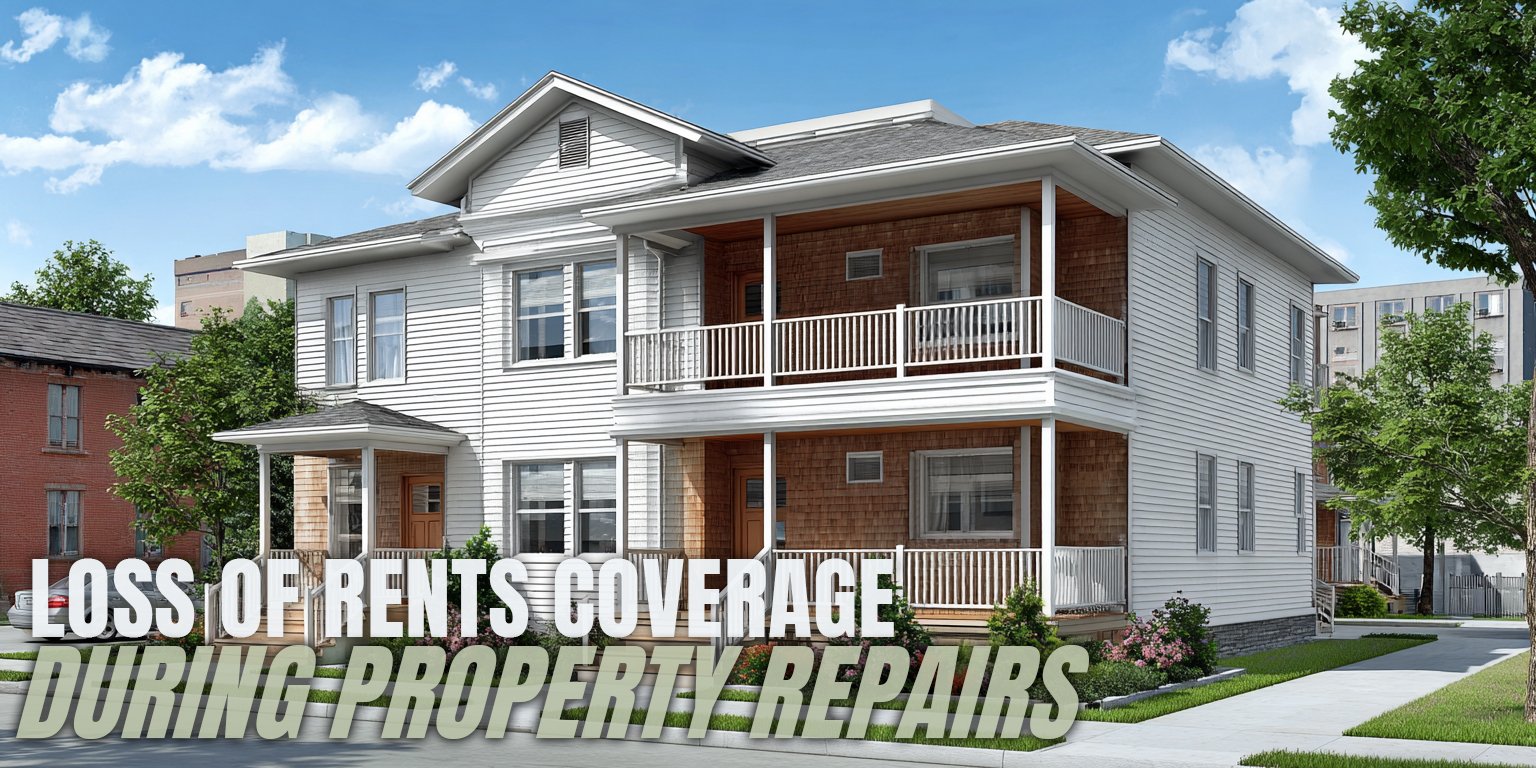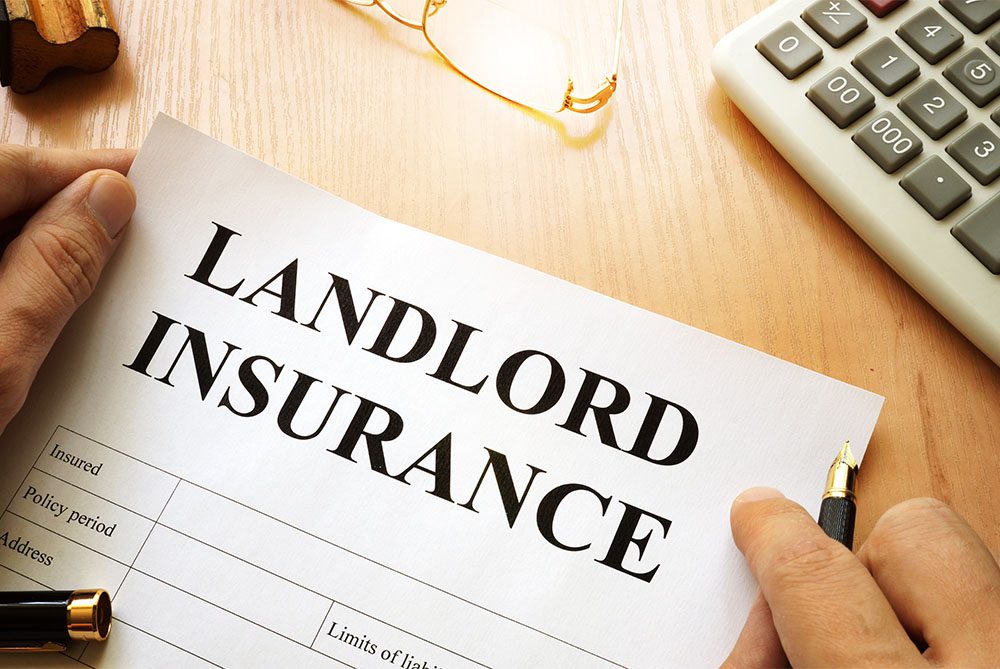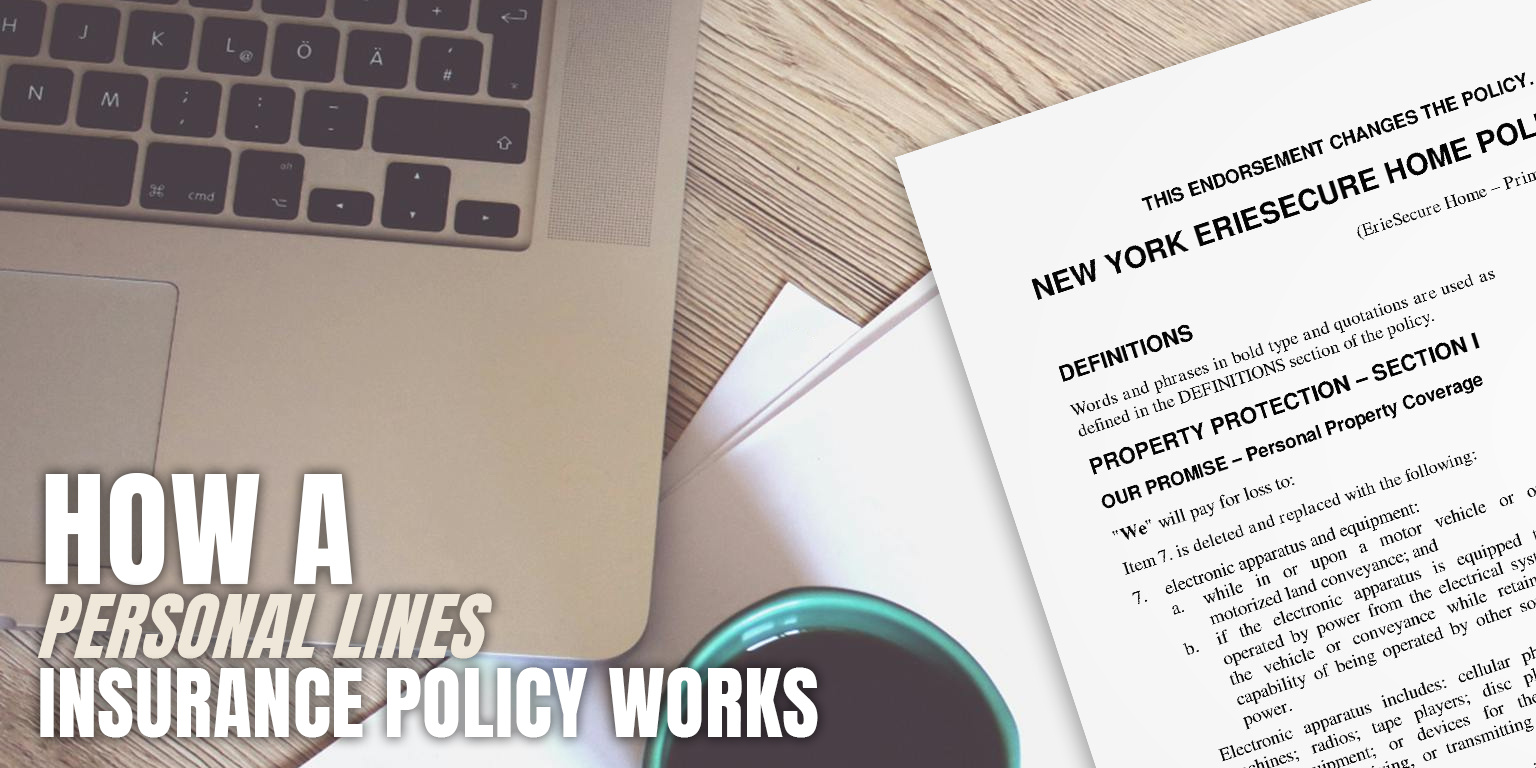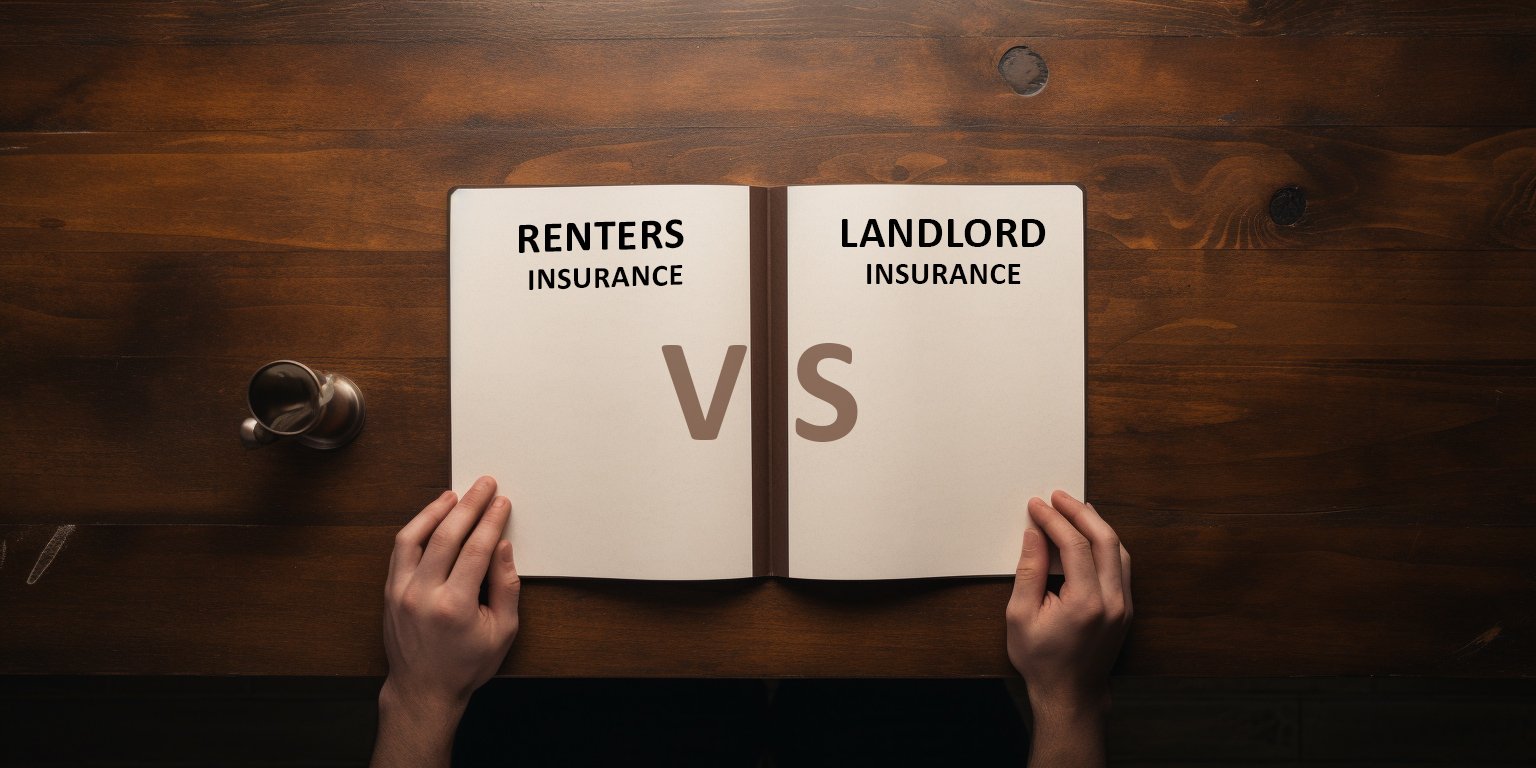
What Loss of Rents Coverage Includes and Excludes
Coverage Typically Includes:
- Fair Rental Value section (corrected): The policy's monthly coverage limit is typically based on the fair market rental value. The payout will be your actual loss of rental income, but that payout is capped at the policy's monthly limit. For example, if your property rents for $1,200 monthly, but the fair market value—and thus your policy's limit—is determined to be $1,000, your compensation will be limited to $1,000 per month. You cannot be compensated for more than the policy's limit, even if your actual loss is higher. On the other hand, if your property rents for $800 monthly and the fair market value and policy limit are set at $1,000, coverage would be limited to your actual loss of $800.
- Repair Period Income: Coverage for the time needed to complete repairs and restore habitability.
- Multiple Unit Properties: If you own a multi-unit property and only some units are affected, coverage applies to the uninhabitable units.
Important Exclusions:
- Tenant Non-Payment: Loss of Rents coverage does not apply when tenants can live in the property but simply stop paying rent.
- Normal Vacancy: Time between tenants when the property sits empty during normal turnover is not covered.
- Excluded Perils: Damage from floods, earthquakes, or other excluded perils won't trigger Loss of Rents coverage.
- Negligent Maintenance: If damage results from deferred maintenance or landlord negligence, coverage may be denied.
- Utility Failures: Neighborhood-wide power outages or utility failures without direct property damage typically aren't covered.
How Coverage Limits and Duration Work
Loss of Rents coverage operates within specific parameters that Central New York landlords should understand:
- Coverage Limits: Most policies provide coverage for 12 months, though some offer up to 24 months. However, specific policy terms can vary significantly, including waiting periods and sub-limits, making it essential to review your individual policy details with your insurance professional. The monthly limit typically matches or approximates your property's fair rental value.
- Lease Considerations: If your tenant's lease expires during the repair period, coverage may end with the lease term unless you can demonstrate the tenant intended to renew. This makes maintaining detailed lease records and documenting tenant renewal intentions particularly important for helping to protect your coverage.
- Restoration Timeline: Coverage ends when the property becomes habitable again, regardless of whether repairs are completely finished.
Central New York Considerations for Loss of Rents Coverage
Several factors specific to Central New York can impact Loss of Rents claims:
- Seasonal Challenges: Winter weather can complicate repairs and extend the time needed to restore habitability. Frozen pipes, heating system failures, and weather-related delays may extend the coverage period.
- Older Properties: Many CNY rental properties were built before 1950, potentially making repairs more complex and time-consuming. Consider whether your coverage limits account for extended repair timeframes.
- Local Market Conditions: Fair rental value determinations should reflect current Central New York market rates, which can vary significantly between urban Syracuse properties and rural areas.
- Contractor Availability: In smaller CNY communities, specialized contractors may have limited availability, potentially extending repair timeframes.
Determining Adequate Coverage Amounts
When evaluating Loss of Rents coverage for your Central New York property, consider these factors:
- Current Rental Income: Start with your actual monthly rental income as a baseline.
- Market Rate Analysis: Research comparable properties in your area to understand fair market rental values.
- Extended Repair Scenarios: Consider worst-case scenarios where repairs might take 12-18 months, especially for older properties.
- Multiple Income Streams: If you have a multi-unit property, calculate the potential loss for all units that could be affected simultaneously.
Many experienced CNY landlords opt for at least 12-24 months of coverage to account for extended repair scenarios, particularly given the challenges that Central New York winters can present.
Working with Your Insurance Carrier During a Claim
When filing a Loss of Rents claim, documentation becomes crucial:
- Immediate Notification: Contact your insurance agent or carrier as soon as damage makes the property uninhabitable.
- Document Everything: Photograph damage, keep repair estimates, and maintain records of tenant relocation.
- Lease Documentation: Provide copies of current leases and rent payment records.
- Fair Market Evidence: Be prepared to support rental value claims with comparable property data.
- Mitigation Efforts: Document steps taken to minimize the loss, such as expediting repairs or finding temporary housing for tenants.
Loss of Rents Coverage and Your Rental Income
As a Central New York landlord, your rental income likely represents a significant portion of your property's financial equation. Loss of Rents coverage helps bridge the gap between when covered damage occurs and when your property becomes habitable again.
The key is securing adequate coverage limits that reflect both your current rental income and potential extended repair scenarios common to our region. Working with an experienced insurance agency can help you evaluate your specific situation and explore coverage options that fit your needs and budget.
Don't let property damage derail your rental income when coverage options are available to help. Having proper Loss of Rents coverage in place provides financial stability during the repair process, allowing you to focus on restoring your property rather than worrying about lost income.
At Horan, we understand the unique challenges Central New York landlords face. Our experience with rental property insurance can help you explore coverage options that address your specific situation. Contact us to discuss how Loss of Rents coverage can fit into your overall landlord insurance strategy.
To explore landlord insurance options tailored to your Central New York property, click the Get a Quote button below. Our insurance professionals can help you understand how Loss of Rents coverage works within a comprehensive landlord policy.
If you'd like to continue learning about landlord insurance considerations, read "10 Insurance Considerations New Landlords Often Overlook When Purchasing Coverage."
Topics:











